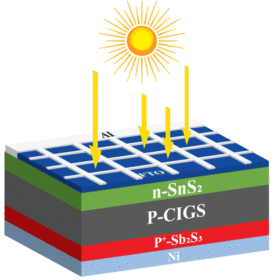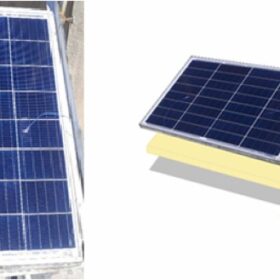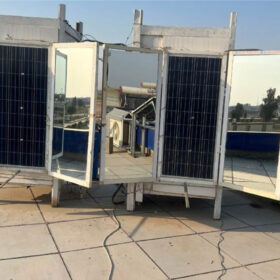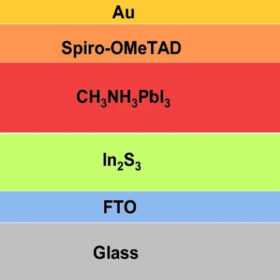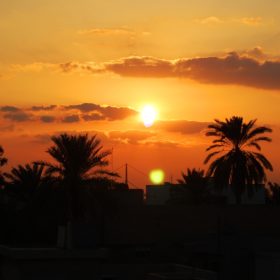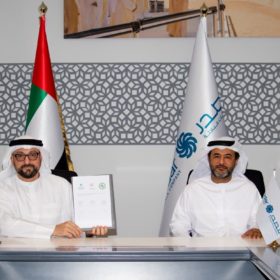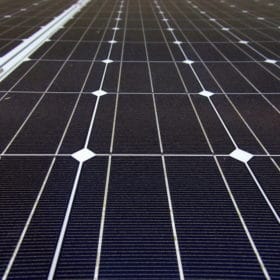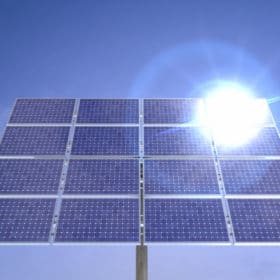New CIGS solar cell design with antimony trisulfide promises 31.15% efficiency
The novel solar cell uses antimony trisulfide (Sb2S3) as the back surface field (BSF) layer. According to its creators, this layer can be included in conventional CIGS solar cells to improve their efficiency and reduce the absorber material’s cost.
Reducing PV module temperature with beeswax, paraffin wax
Scientists in Iraq have applied two different kinds of phase-change materials to lower the operating temperatures of PV panels. Their experiment showed that beeswax and paraffin wax are particularly effective in achieving this goal, even when they are combined together.
Photovoltaic Trombe wall system to provide heating, electricity
Researchers in the Middle East have developed a new design for energy systems combining PV power generation with Trombe walls in buildings. They claim their new system configuration with reflective mirrors offers improved overall system efficiency both in terms of heating and electricity production.
Perovskite solar cell based on indium sulfide ETL promises 20.15% efficiency
An international team has sought to use indium sulfide as an electron transport material in a perovskite solar cell. The result is a device with lower defect density and improved performance.
Amorphous carbon nitride anti-reflection coating for solar cells
Scientists in Iraq have applied an amorphous carbon nitride (CNx) thin film as an anti-reflective layer in commercial crystalline silicon solar cells. They claim they were able to improve their efficiency from 5.52 to 13.05%.
TotalEnergies to build 1 GW solar park in Iraq
TotalEnergies plans to build a 1 GW solar plant near the port of Basra, in southern Iraq.
Iraq announces another 2 GW solar project
Under development by Chinese conglomerate Power China, the project will initially have a capacity of 750 MW.
Masdar secures deal to build 2 GW of solar in Iraq
The UAE-based developer wants to build several projects at unspecified locations in central and southern Iraq.
Solar module cooling technique based on multiple phase-change materials
Academics have utilized three PCMs, known as RT26, RT35, and RT42, and decided to pack them ascendingly depending on their melting points and heat-flow direction. The system is claimed to allow lower melting rates and longer thermal management of the modules.
Cooling PV panels with shallow geothermal energy
Iraqi researchers have demonstrated the technical and economical feasibility of using shallow geothermal energy to cool PV systems. They tested two different techniques – a closed-loop system and an open-cycle system – to reduce power losses from 30% to up to 4.1%.
